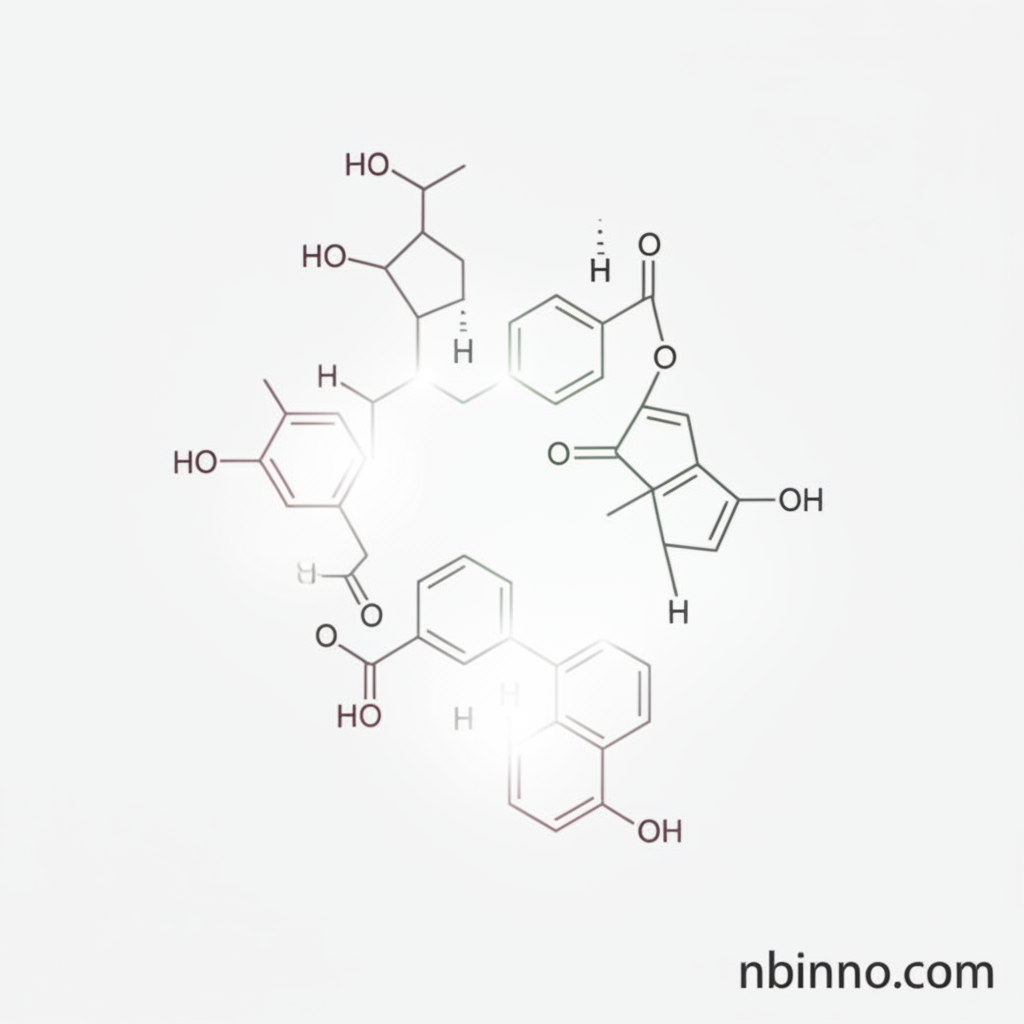High-Purity 6-(Dimethylamino)-2-naphthaldehyde: A Key Fluorescent Intermediate for Chemical Synthesis
Discover the advanced applications of 6-(Dimethylamino)-2-naphthaldehyde (CAS: 173471-71-1), a critical building block for fluorescent probes, advanced materials, and organic synthesis. Explore its unique properties and why reliable suppliers in China are essential for your research and development needs.
Get a Quote & SampleUnlock Advanced Chemical Synthesis with a Premier Naphthalene Derivative

6-(Dimethylamino)-2-naphthaldehyde
As a leading manufacturer and supplier of specialty chemicals, we provide high-purity 6-(Dimethylamino)-2-naphthaldehyde (CAS 173471-71-1). This versatile compound serves as a crucial organic synthesis intermediate and a potent fluorescent probe, ideal for researchers in photochemistry and materials science. Rely on our commitment to quality and consistent supply from China to meet your project demands.
- Explore the synthesis of novel fluorescent probes using this key intermediate, vital for various applications in chemical sensing.
- Leverage its solvatochromic properties for accurate polarity-sensitive studies, enhancing experimental outcomes.
- Benefit from our reliable supply chain as a trusted manufacturer and supplier in China, ensuring timely delivery.
- Inquire about bulk purchase options for cost-effective solutions for your R&D or production needs.
Key Advantages of Sourcing Our 6-(Dimethylamino)-2-naphthaldehyde
Exceptional Purity and Quality Assurance
Our 6-(Dimethylamino)-2-naphthaldehyde (CAS 173471-71-1) is rigorously tested to ensure 97% minimum purity, providing reliable performance in sensitive fluorescence studies and complex organic synthesis. Purchase with confidence from a dedicated supplier.
Versatile Application as a Fluorescent Intermediate
This naphthalene derivative is a prime building block for fluorescent probes, sensors, and advanced materials. Its unique combination of an electron-donating dimethylamino group and an aldehyde function makes it an excellent fluorophore for cutting-edge research.
Commitment to Customer Service and Competitive Pricing
As your direct manufacturer and supplier in China, we offer competitive pricing and responsive customer support. Contact us today to buy this high-quality chemical intermediate and receive a prompt quotation.
Diverse Applications in Modern Chemical Research
Fluorescent Probes and Sensors
Develop highly sensitive fluorescent probes and sensors for various environmental and biological monitoring applications, leveraging the compound's distinct emission characteristics.
Materials Science Innovation
Incorporate this intermediate into the synthesis of novel optoelectronic materials and advanced functional materials, driving innovation in display technology and beyond.
Organic Synthesis Building Block
Utilize its reactive aldehyde group and naphthalene core as a versatile building block in complex multi-step organic synthesis pathways.
Photophysical and Bioimaging Studies
Benefit from its high fluorescence quantum yield in photophysical research and sophisticated bioimaging techniques, enabling detailed analysis of molecular interactions.
